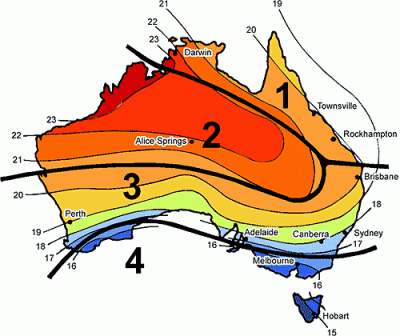Solar Rebate Information – Solar Credit Scheme Facts

The Australian Government supports renewable energy in Australia's electricity supply through the Renewable Energy Target (RET) scheme.
The scheme aims to guarantee a market for additional renewable energy generation using a mechanism of tradeable REC’s (Renewable Energy Certificates).
The Australian Government has set a target to achieve a 20 per cent share of renewable energy in Australia'selectricity mix by 2020. The expanded RET scheme will absorb state and territory renewable energy targets into asingle national scheme, and is to be implemented through amendments to the legislation that underpins the existing scheme.
Solar Credits are part of the RET scheme, to help households, businesses and small organisations that install small scale solar systems (along with wind and hydro) by multiplying the number of REC’s to be created for eligible installations. Sound confusing? It is.
Firstly, the scheme operates as two separate parts: the Large-scale Renewable Energy Target (LRET), which includes projects like commercial solar and geothermal power stations and the Small-scale Renewable Energy Scheme (SRES), which provides support for small renewable energy systems such as solar water, and rooftop solar panels.
Generally, SRES credits apply to the first 1.5 kilowatts of capacity for systems connected to a main grid and up to the first 20 kW of capacity for off-grid systems. The credits work by multiplying the number of certificates (STCs), that these systems would generally be eligible to create under the standard “deeming arrangements”. Additionally, the level of support for the number of STC’s via Solar Credits is also determined by the date the system is installed.
The multiplier that applies for eligible system installations up to 30 June 2011 is five (refer to the table below). The Solar Credits multiplier reduces over time, supposedly reflecting reductions in technology costs:

The level of support available under the RET for installations of solar panels (and small‑scale electricity system) depends on the amount of energy the system is likely to generate, and the location where it is installed.
The assistance available to small scale projects is generally around $40 per STC, and generally STC’s are (based on the 5 x Solar credits multiplier) more generous the further north you travel. (For instance, the level of support in Darwin is 172 STC’s while in Hobart STC’s are capped at 133 - see “Why do Solar Credits vary across the country" below).
Owners of systems can create and sell these STC’s themselves, but it’s generally unheard of - installers such as Solar Power Australia will generally discount the price of the installation, in return for STC’s. To find out if you are eligible under the RET scheme - please call (02) 4954 3310.
How do I find out if I’m eligible for Solar Credits?
If you’d prefer to research your own eligibility for the RET scheme, detailed information can be found on the Clean Energy Regulator's website.
The key rules are summarised for your convenience below:
- The system must have been installed no more than 12 months prior to the date of application
- The system must be an eligible 'small generation unit' meaning:
- a solar PV system of up to 100 kilowatts (kW) capacity
- a small wind turbine of up to 10kW capacity
- a micro-hydro system of up to 6.4 kW capacity.
- The system must be installed at an eligible premises (houses, apartments and shops are all eligible).
- The system must be a new and complete
- No more than one system at an eligible premises is entitled to Solar Credits.
- Solar Credits may only be created once for a particular installation
Additionally premises that are covered under other programs (such as the RRPGP or the NSSP) are not eligible.
Why do Solar Credits vary across the country?
- The number of Solar Credits (STC’s) created for a system will depend on the amount of renewable energy the system generates.
- A solar PV system in Newcastle, Sydney, Perth, Adelaide, Brisbane and Canberra will create the same number of RECs and receive the same amount of support.
- The same sized system installed in Melbourne or Hobart will receive fewer STCs as these areas have less sunshine so less renewable energy is produced.
